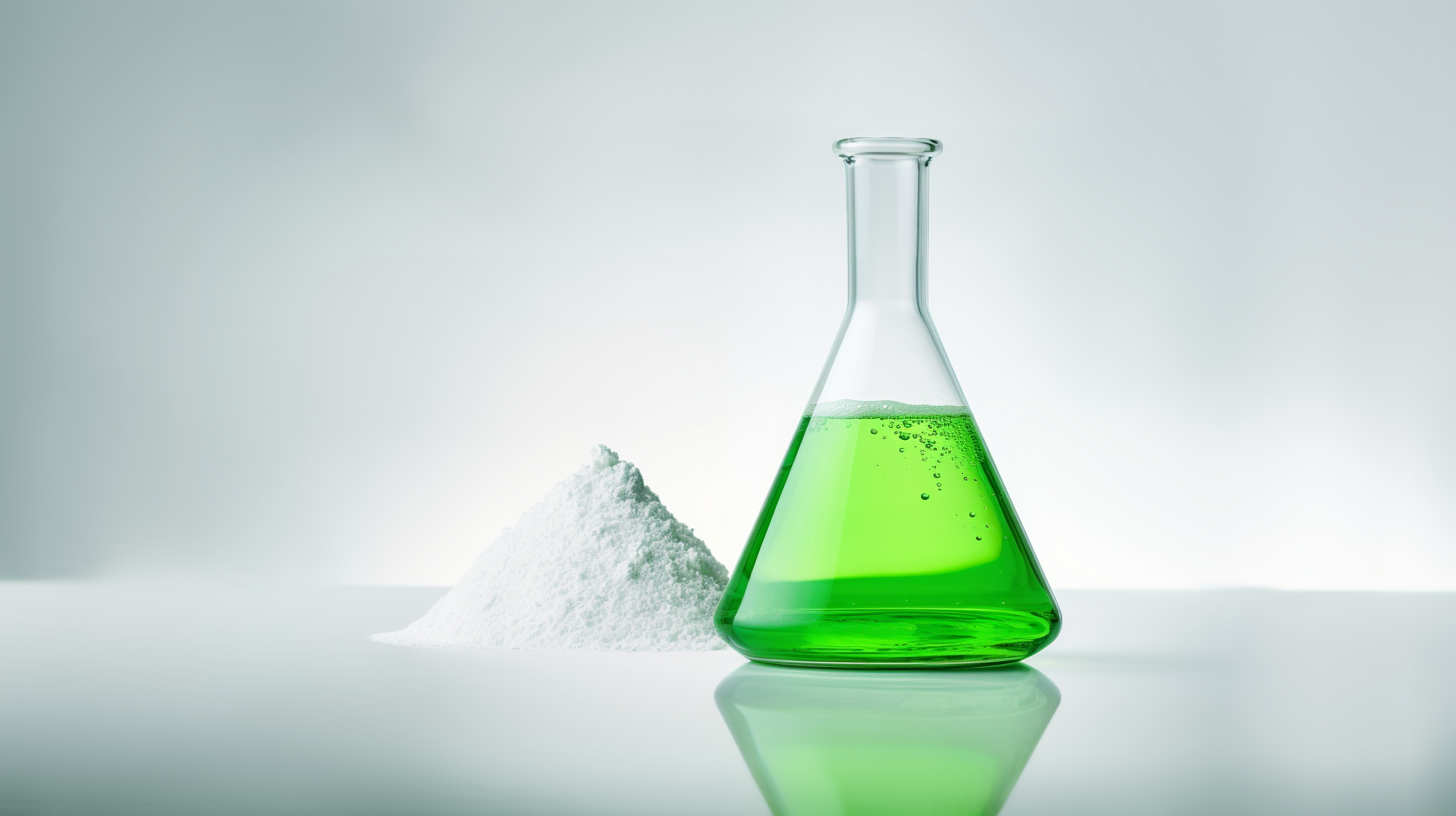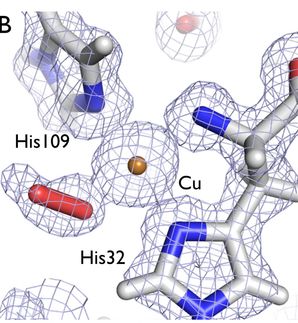A new way to discover structures of membrane proteins
University of Toronto scientists have discovered a better way to extract proteins from the membranes that encase them, making it easier to study how cells communicate with each other to create human health and disease.
Scientists are very interested in understanding how membrane proteins work and why they malfunction under certain circumstances. Looking at their 3D structures is a particularly useful way to do this. Currently, researchers use detergents to separate proteins from their fatty membrane casing for further in-detail studies. But detergent strips the fat molecules away from the proteins, which very often destabilizes the proteins and makes them useless for study. As a result, new 3D structures are rarely discovered and published.
Dr. Jana Broecker, a postdoctoral fellow in the lab of Professor Oliver P. Ernst, discovered that she could use a type of plastic, or polymer, originally developed by the auto industry, to better stabilize these crucial proteins and thereby make them available for 3D structure determination.
The polymers don't strip off fat molecules from the proteins, instead wrapping themselves around the protein, with the fat molecules still attached, says Broecker, of the Department of Biochemistry. Using the new substance, she was able to keep these necessary fat molecules attached while she studied the protein's 3D structure using X-ray crystallography.
"We believe this approach can be applied to many more membrane proteins, which would drastically speed up structure discovery of currently unknown membrane proteins," says Broecker. "With more and better structures at hand, it will be easier to develop new drugs for the treatment of human diseases in the near future."
Original publication
These products might interest you
See the theme worlds for related content
Topic world Extraction
Extraction is a fundamental process in the chemical laboratory that enables specific components to be isolated and concentrated from a mixture. Whether it's extracting active ingredients from natural products, removing impurities from synthesis products, or preparing analytical samples, extraction is a key step in achieving precise and efficient results in chemical research and analysis.

Topic world Extraction
Extraction is a fundamental process in the chemical laboratory that enables specific components to be isolated and concentrated from a mixture. Whether it's extracting active ingredients from natural products, removing impurities from synthesis products, or preparing analytical samples, extraction is a key step in achieving precise and efficient results in chemical research and analysis.





























































